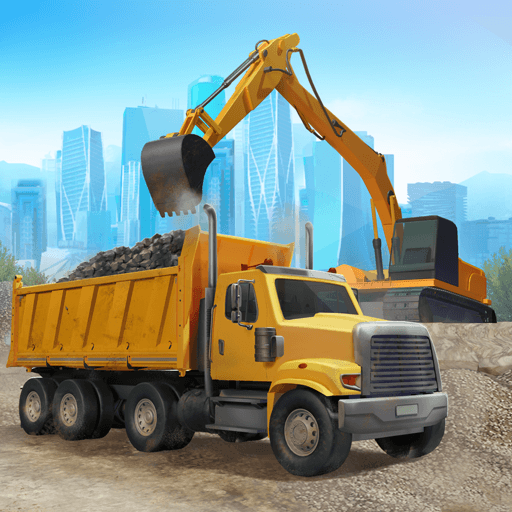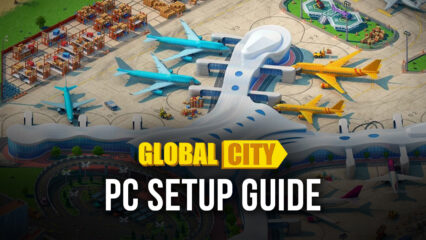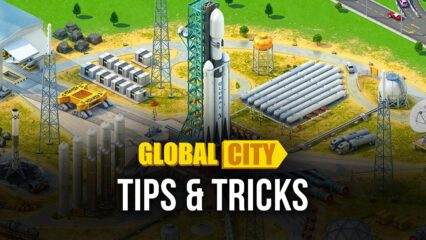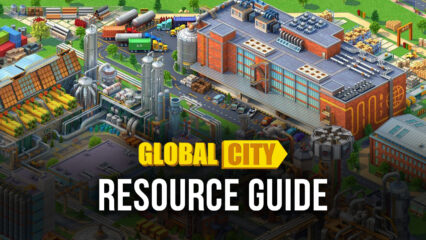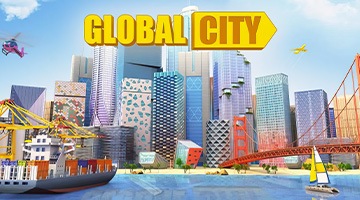BlueStacks Beginner's Guide to Playing Global City: Build and Harvest
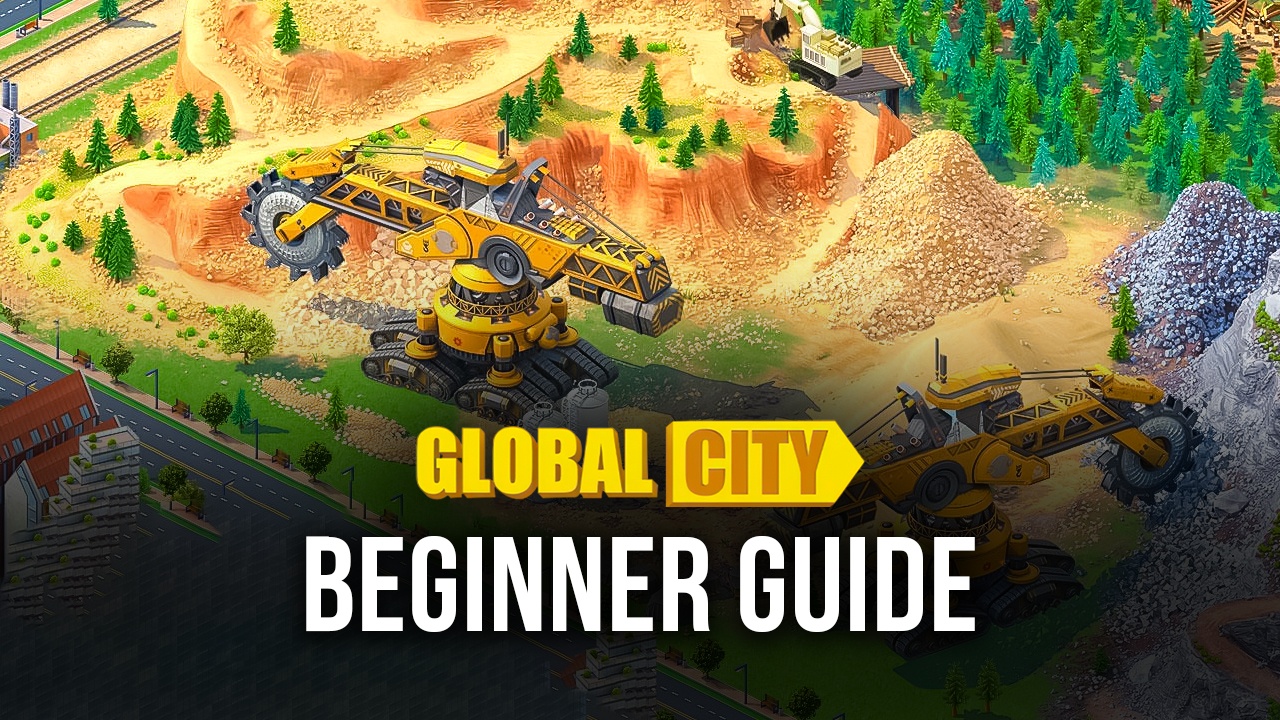
Global City: Build and Harvest is a city-building game where creativity and strategy come together. Players can design their dream city while managing resources and expanding their metropolis. However, beginners might find some aspects of the game challenging. This guide will help you get started, covering everything from structures to resource management and expansion.
Understanding Structures and Buildings
Buildings are the core of your city. They serve different purposes, from housing residents to producing resources. Residential buildings are crucial as they increase your population, which is necessary for unlocking advanced facilities. Utilities like water and electricity are equally important. Without them, your city cannot function, and additional buildings won’t operate. Even decorations, though seemingly cosmetic, enhance your city’s appeal and indirectly support growth.
Use the construction tab to explore various building categories. A balanced approach—building residential, utility, and commercial structures—is key to creating a thriving city.
Following Missions and Tasks
Missions and tasks act as a guide to help you progress. While they’re optional, completing them offers rewards like experience points and resources.
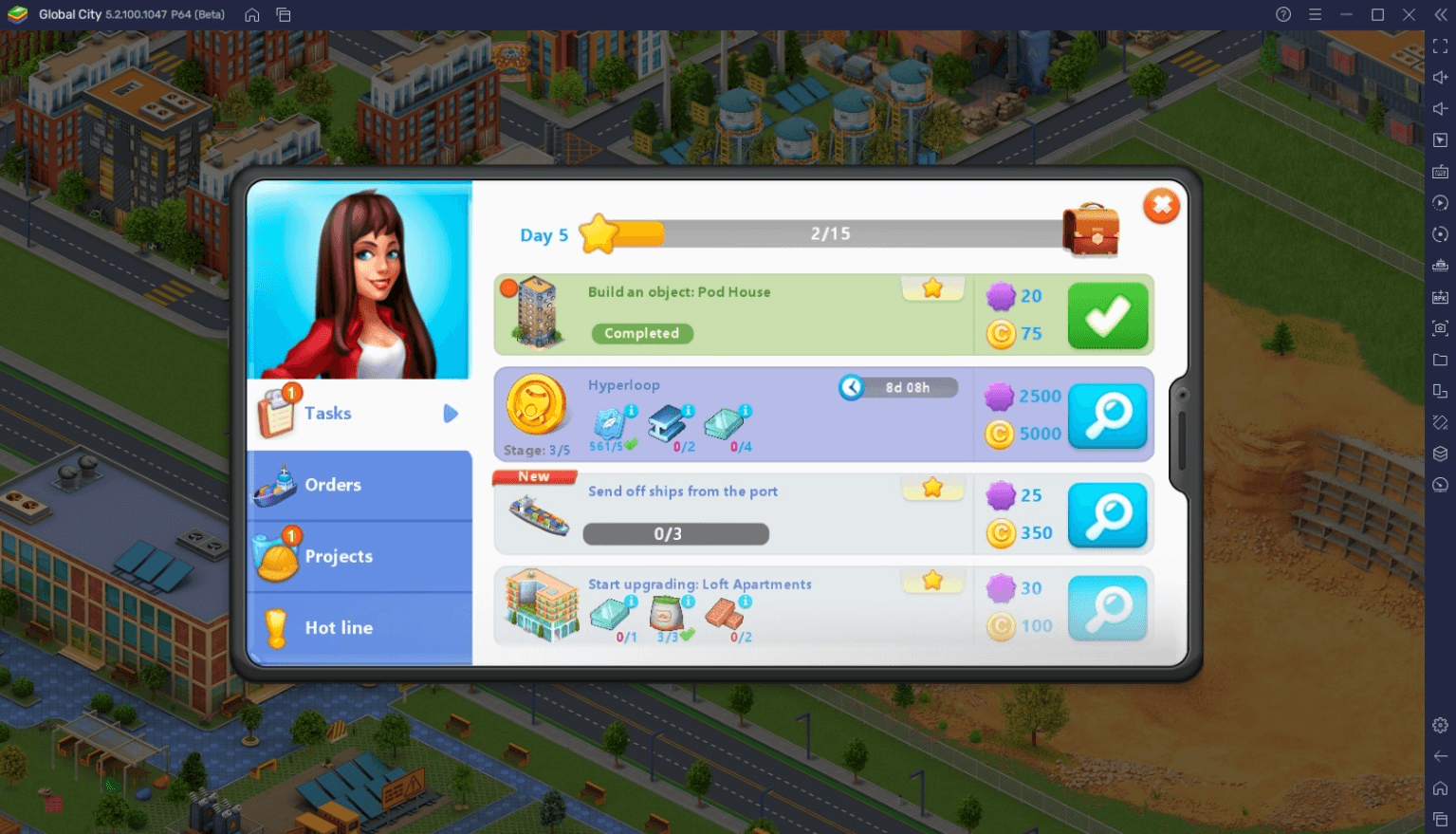
You don’t have to follow them strictly, as many tasks are completed naturally during gameplay. However, consistently completing missions helps you level up faster and earn valuable items.
Leveling Up Your City
Leveling up is essential in Global City. Each level unlocks new structures and facilities, allowing your city to grow. Additionally, leveling up rewards you with Cash, the game’s premium currency, which can be used to buy special items or unlock additional slots.
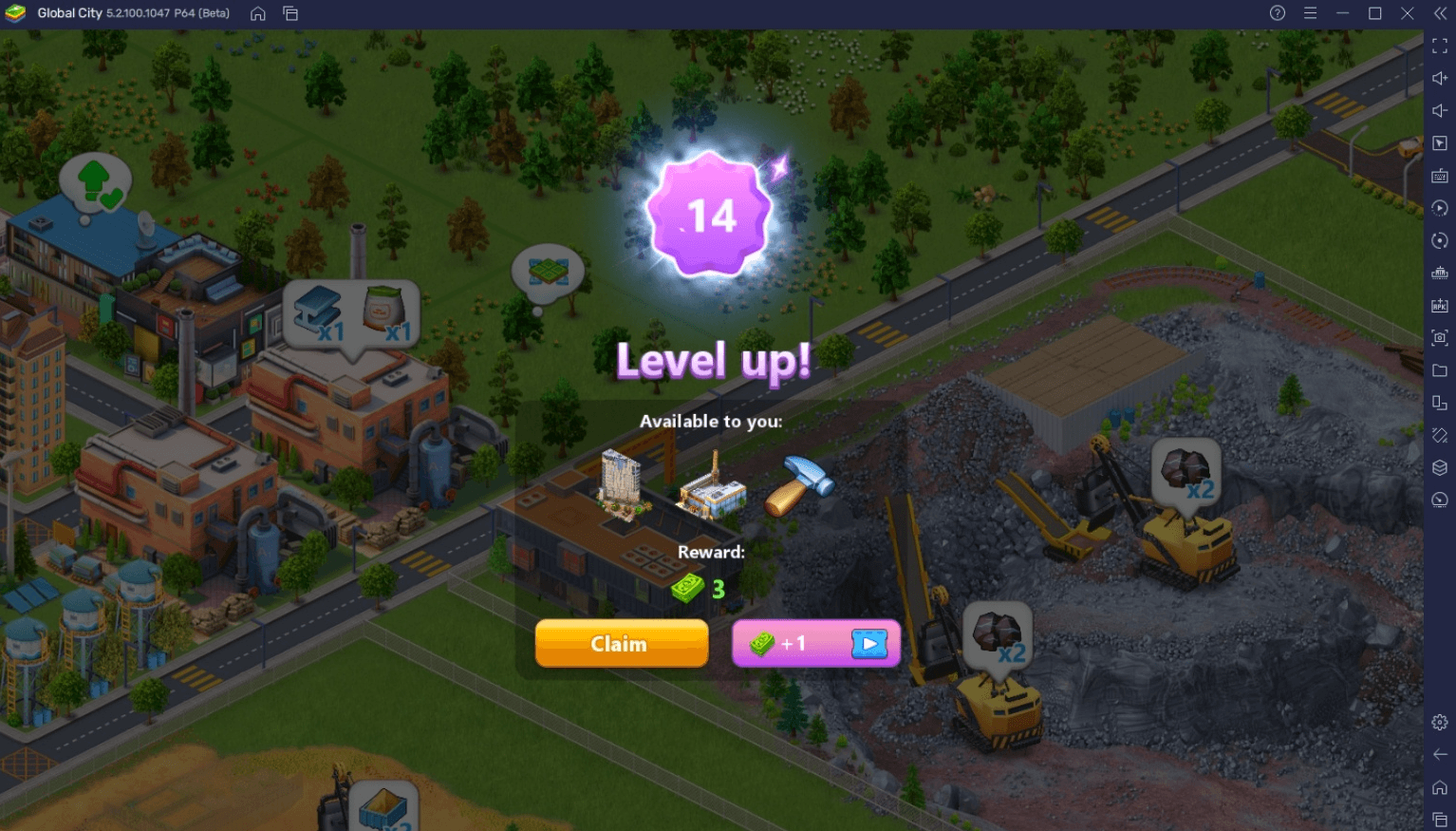
Gaining experience might feel slow initially, but completing missions, constructing buildings, and expanding your city will steadily boost your progress. Prioritize these activities to level up efficiently.
Managing Resources
Resources are the backbone of construction and upgrades. There are two types of resources in the game:
- Raw Materials: Harvested from specific facilities, such as sand, ore, and wood.
- Material Components: Created using raw materials, including cement, bricks, and metal.
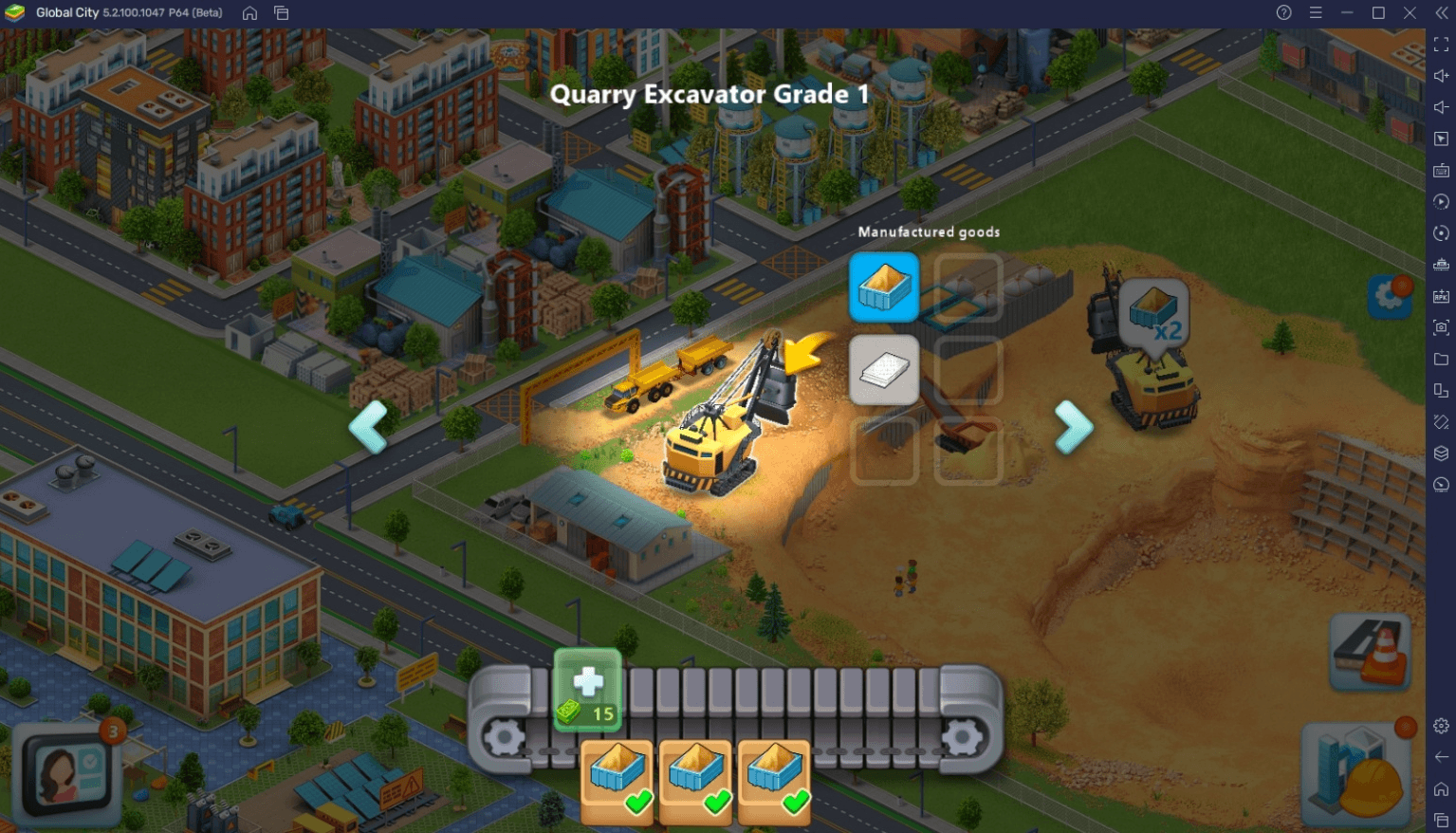
Efficient resource management is critical since you have limited slots for harvesting. Regularly collect resources to keep your city’s development on track. Though it may require frequent attention, staying consistent will help you build your city faster.
Expanding Your City
Expansion is vital to creating a prosperous metropolis. As your city grows, you’ll need more space for new structures and facilities.
In Global City, expansion doesn’t rely heavily on premium currency. Instead, you can use standard resources and special items obtained from shipments. These items are random and may take time to collect, but the game’s Global Market feature allows you to trade with other players.
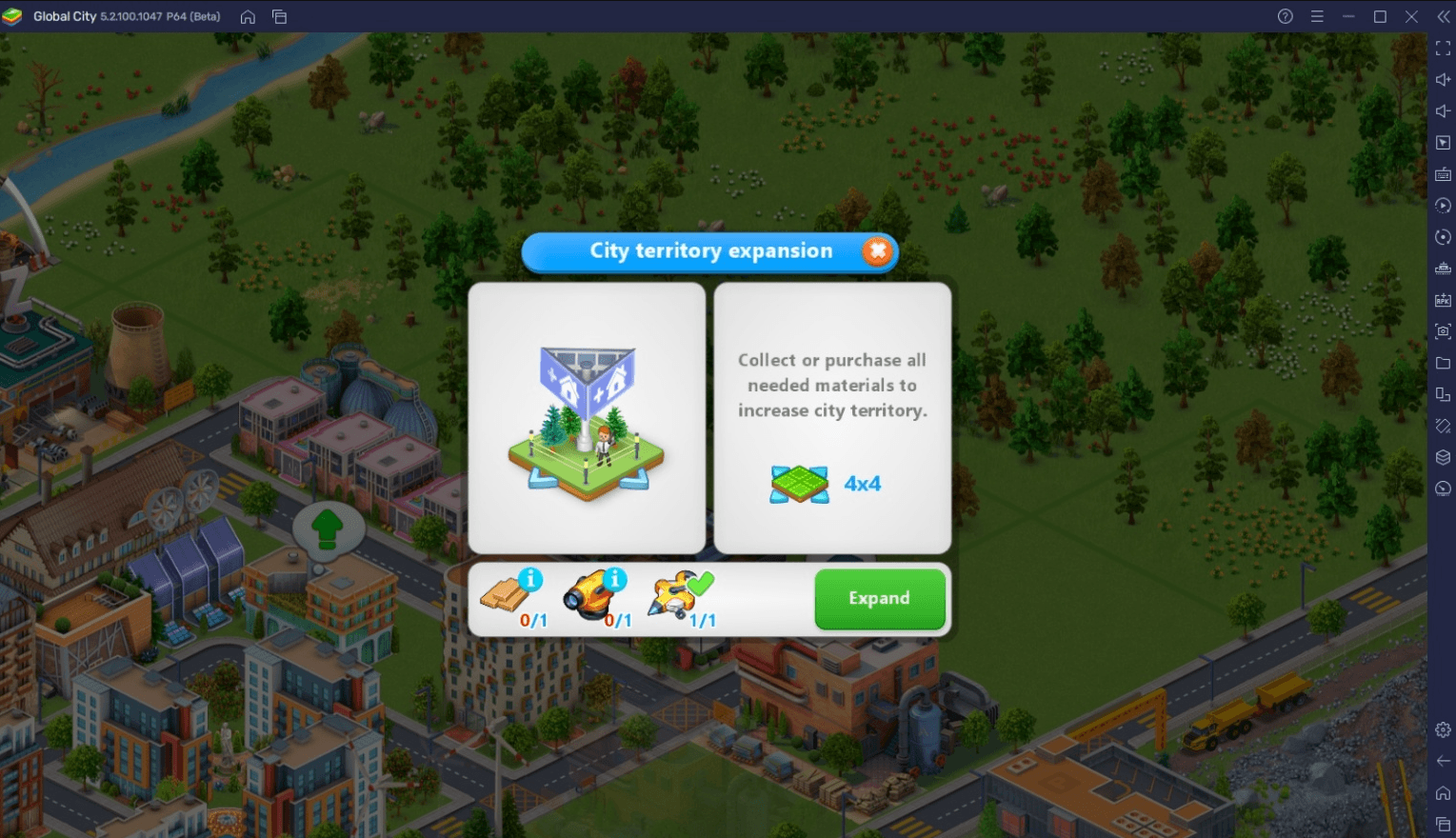
Always plan for expansion, even if you currently have enough space. As you progress, you’ll need room for more buildings to support your city’s growth.
The Role of the Global Market
The Global Market is a unique feature that allows players to buy and sell items. This is especially useful for acquiring rare materials needed for expansion or getting rid of excess items in your warehouse.
Use the Global Market strategically to ensure you always have the resources you need. Keep an eye on the market for good deals that can accelerate your progress.
Tips for Faster Progress
- Balance Your Focus: Pay attention to all aspects of city-building, including population, utilities, and resources. Neglecting one area can slow down your progress.
- Complete Missions Regularly: These offer experience points and valuable rewards that help you level up quickly.
- Harvest Resources Consistently: Frequent collection ensures you always have enough materials for construction and upgrades.
- Expand Strategically: Plan expansions in advance to avoid running out of space as your city grows.
Global City: Build and Harvest is as much about the journey as it is about the destination. Experiment with different layouts, manage your resources wisely, and take pride in watching your city flourish. With careful planning and consistent effort, you’ll transform your small town into a bustling metropolis in no time. Players can enjoy Global City: Build and Harvest even more on a bigger screen of their PC or Laptop with keyboard and mouse via BlueStacks for an elevated gameplay experience.

